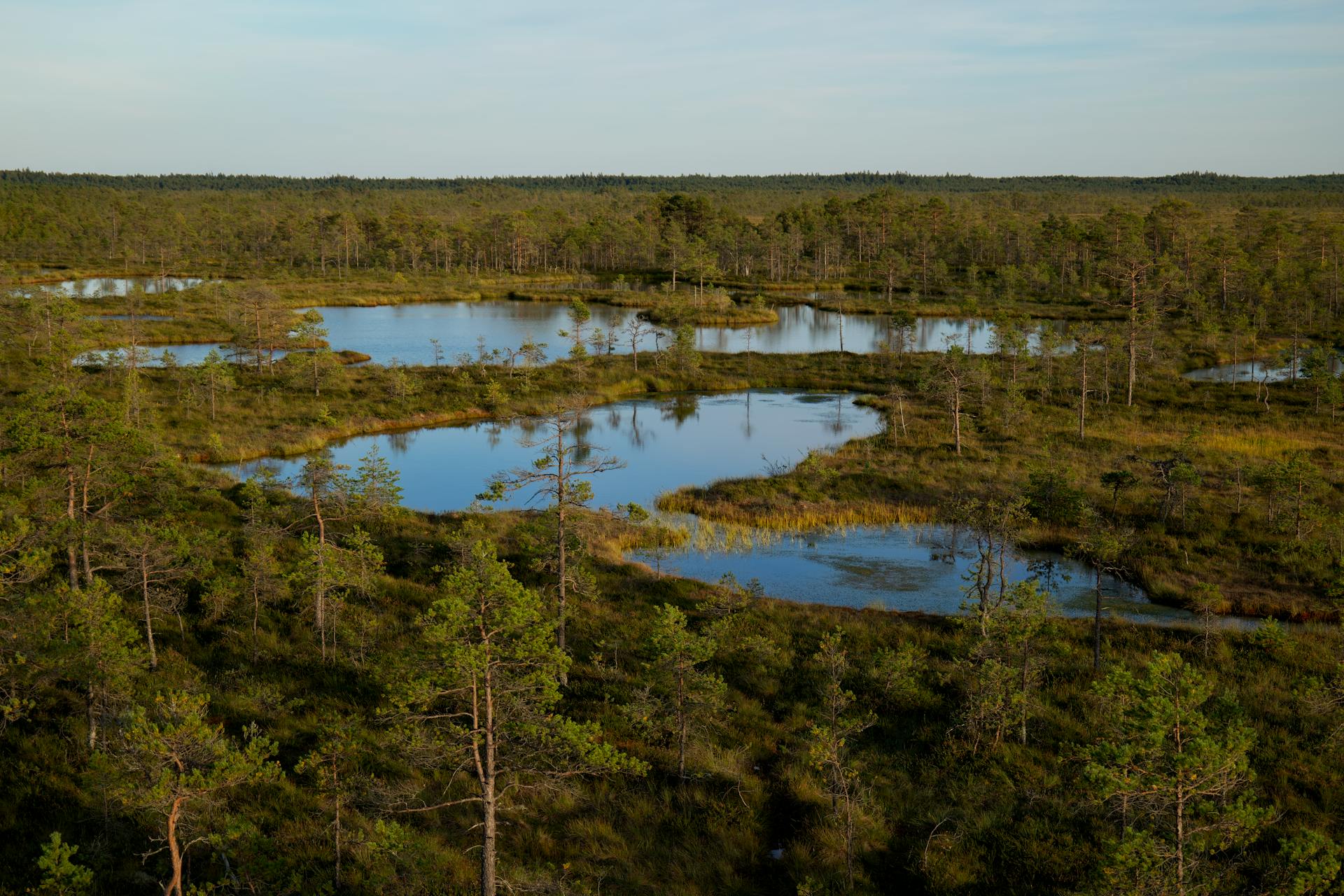The impacts of climate change on individuals, communities and regions vary, depending on how vulnerable the people or areas affected are, and their level of exposure. In addition, people’s ability to avoid or cope with these climate hazards depends on their financial resources, the extent of their social networks, whether or not they own a home, and other factors.
Achieving a climate-resilient society while “leaving no one behind” – as stated in the 2030 Agenda for Sustainable Development – requires striving towards an equitable distribution of the benefits and burdens of adaptation measures. This means taking into account existing inequalities to ensure the same opportunities and outcomes for all. The Just Transition goes beyond employment issues, it also involves protecting vulnerable groups, promoting economic diversification, and achieving harmonious societies.
Socioeconomic disparities
Climate change is already negatively affecting inequality and poverty. A paper published in Environmental Research Letters investigates the relationship between temperature and inequality, poverty and welfare in South Africa at the national and sub-national level and highlights – in addition to the need for climate change adaptation – the co-benefits of decarbonization in reducing socioeconomic disparities among affected communities.
CMCC researchers find that the relationship between temperature and inequality, and poverty is non-linear, with inequality lowest at moderate temperatures. However, once temperatures increase beyond a certain threshold (15-17°C), the inequality gap among different income groups widens, threatening the livelihood of the most vulnerable communities.
This effect is particularly noticeable for the poorer segments of the population, whose productivity and wages decline as temperatures increase, while the impact on the richer segments is less significant due to their greater adaptive capacity. In particular, agricultural households are more likely to experience an increase in inequality due to warming.
The “cooling poverty”
The poorest and most disadvantaged people, who contributed the least to global warming, are the ones bearing the most severe consequences of extreme heat because of their limited adaptive capacity. Understanding their needs is imperative to develop fair and adequate strategies to adapt to extreme heat and keep cool.
Cooling poverty can be defined as systemic because it develops in a context in which organisations, households and individuals are exposed to the detrimental effects of increasing heat stress mainly because of inadequate infrastructures. Such infrastructures include physical assets (such as passive retrofit solutions, cold chains, or personal technological cooling devices), social systems (such as networks of support and social infrastructures) and intangible resources (such as knowledge, to intuitively adapt to the combined effects of heat and humidity).
A study published in Nature Sustainability identifies five core dimensions that interact with each other, defining together the proposed concept of systemic cooling poverty: climate, thermal comfort infrastructures & assets, social and thermal inequality, health and education, and work standards.

Advancing societal understanding
AdJUST is a transdisciplinary European consortium lead by CMCC which aims “to achieve a step change in societal understanding of the distributive repercussions of the transition to climate neutrality, and to identify effective and actively-supported policy interventions to accompany climate action so that no-one is left behind.”
Its objectives include: increase societal support for climate transition strategies by actively engaging stakeholders in the development of a shared and actionable vision of the EU Just Transition; quantify the distributional and competitiveness impacts of climate mitigation policies and transitional assistance measures on households, workers, businesses, regions, sectors and the macro-economy – and assess stakeholders’ responses to these impacts and measures; understand the gaps in capacity and motivation of public bodies to implement a Just Transition and identifying actions to overcome them; promote a context-specific menu of feasible, fair, efficient and inclusive procedural and transitional assistance measures supporting the achievement of a carbon-neutral society in the EU and key selected countries.
Digitalization for decarbonization
Digitalization will fundamentally change all sectors of the European economy in the next decades. At the same time, the EU is committed to reaching net-zero carbon emissions by 2050. These two transformations will undoubtedly affect each other, but the extent to which they will be mutually supporting is currently unknown. Most importantly, there is a danger that the digital transformation will delay the progress towards a net-zero carbon economy.
The 2D4D project aims at ensuring that digital transformation is not a barrier to decarbonization, but rather an enabler. The project will identify and measure the decarbonization consequences of three disruptive digitalisation technologies in hard-to-decarbonize sectors: additive manufacturing in industry, mobility-as-a-service in transportation, and AI in buildings. The project will produce a distinctive data collection to examine the technical and socioeconomic potential of these technologies, enhance decarbonization narratives and ensure that digital technology supports energy transition.
Picture by Cup of Couple via Pexels.






